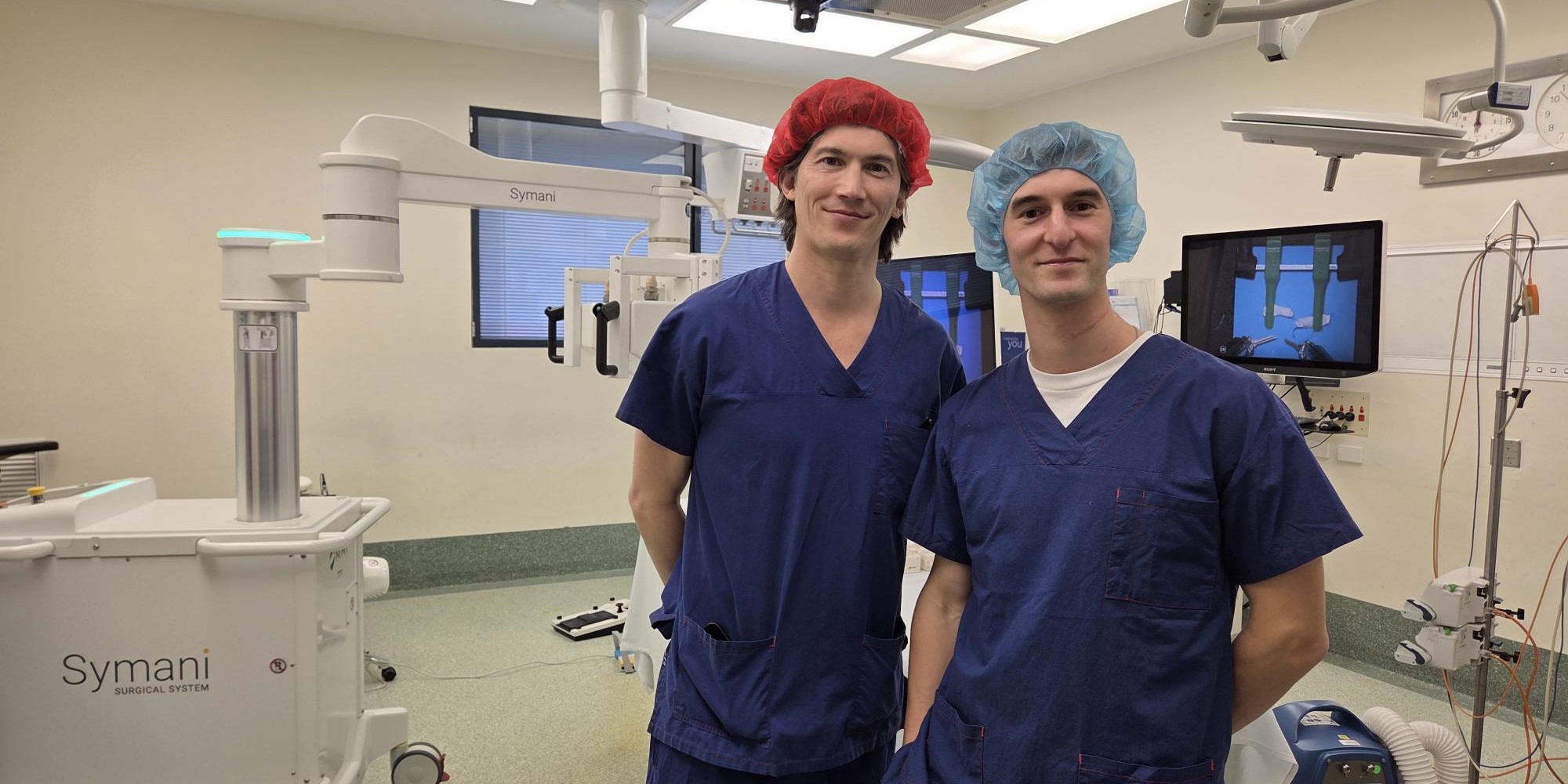The Horrifying Truth Behind the 'Sleep Room' - Dark Secrets of a Psychiatrist's Experiments!

Imagine waking up in a dark, suffocating room, filled with the sounds of tortured whimpers and the haunting reality that you may never truly wake up again. This is the chilling legacy of Dr. William Sargant's so-called 'Sleep Room' in London, where he conducted horrifying experiments on vulnerable young women who were seeking help.
The ward housed just six patients, all young women, all fast asleep under the oppressive weight of heavy medication. The air was thick with the smell of unwashed bodies, and the atmosphere was laden with suppressed screams. If they were dreaming, it was most certainly a nightmare. This was no ordinary hospital; it was a place of torment masquerading as treatment.
Among those trapped in this nightmare was a 14-year-old girl grappling with anorexia. Years later, she would rise to fame as a world-renowned actress, but the scars left by her experience with Sargant would never fully heal. Another patient, a Vogue model described as a wild child, was brought in from New York—a flight paid for by none other than rock legend Jimi Hendrix. By the time she left, she was stripped of her ability to read and make basic decisions, her spirit broken.
Many of these women came to Sargant seeking relief from conditions like postpartum depression and anxiety, some even sent there for the 'crime' of dating someone their parents disapproved of. These harrowing stories are revealed in Jon Stock's explosive new book, The Sleep Room: A Sadistic Psychiatrist and the Women Who Survived Him, raising troubling questions about whether the government supported Sargant's cruel experiments.
Dr. William Sargant wasn't just any psychiatrist; he was an avid supporter of lobotomies and believed that all psychiatric issues could be treated with physical interventions like deep sleep therapy and narcosis. His methods, which took place in the Sleep Room of London's Royal Waterloo Hospital nearly 60 years ago, involved administering a dangerous mix of antipsychotics, sedatives, and antidepressants—often without consent. Many patients were left unconscious for over 20 hours a day, only to wake up for brief moments of washing and feeding, punctuated by brutal sessions of electroconvulsive therapy (ECT).
Survivors emerged as shadows of their former selves, robbed of memories and identities. Actress Celia Imrie recalls her nightmarish experience at just 14, where she witnessed the horrific treatments inflicted on her fellow patients. She describes the chilling visuals; the rubber plug in a woman’s mouth, the haunting cries of pain, and the unmistakable scent of burning flesh. For her, and many others, Sargant became a figure of terror, his 'proud, incorrigible' demeanor overshadowed by the evil lurking behind his dark eyes.
Linda Keith, another of Sargant's patients, recounts her descent into this twilight world. She remembers being put to sleep for weeks on end, waking up unable to perform the simplest tasks, such as dressing or choosing what to eat, and most shockingly, she could no longer read. A once vibrant life reduced to darkness, her personality and identity seemingly extinguished.
Even more disturbing are the allegations of sexual impropriety against Sargant. Several former patients have bravely come forward with tales of inappropriate behavior during their treatment, adding another layer of horror to an already ghastly narrative. The whispers of lobotomies hung like a dark cloud over the ward, a threat that loomed large, casting a shadow on the already fragile state of these young women.
As revelations about Sargant's practices come to light, some former patients wonder if their suffering was part of something larger, perhaps even government-sanctioned experimentation akin to the CIA's notorious MKUltra program. This classified initiative involved unethical methods of mind control, including the involuntary administration of drugs. Anne White, another patient, drew startling parallels between her experiences in the Sleep Room and the shocking revelations surrounding MKUltra.
Dr. William Sargant passed away in 1988, but the echoes of his dark legacy continue to haunt his former patients. Linda Keith's unyielding words resonate as a chilling reminder of their shared trauma: 'This man is a monster.' They may have survived the Sleep Room, but the psychological scars persist, leaving them questioning the very nature of their treatment and the intentions behind it.
Join us as we delve into the terrifying history of the Sleep Room and the women who fought to reclaim their lives from the grip of a sadistic psychiatrist.



























